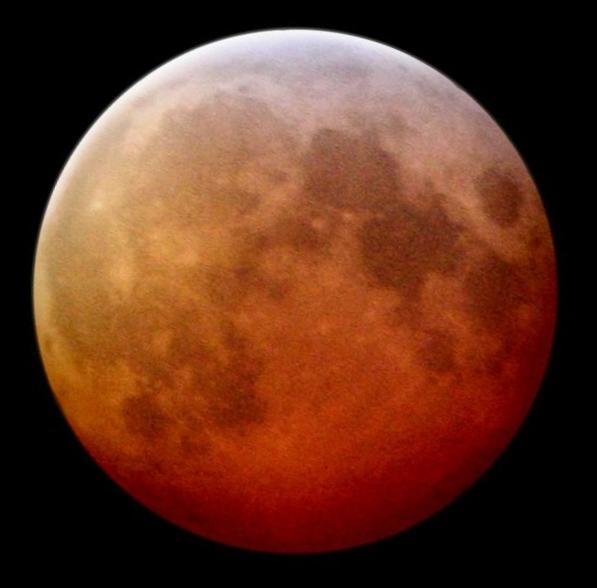|
Lunar Saros 123
Saros cycle series 123 for lunar eclipses occurs at the moon's descending node, repeats every 18 years 11 and 1/3 days. It contains 72 events. This lunar saros is linked to Solar Saros 130. List See also * List of lunar eclipses There are several lists of lunar eclipses On the Moon, by the Earth ; Type * List of central lunar eclipses * Total penumbral lunar eclipse ; Classification * List of saros series for lunar eclipses * Tetrad (astronomy) contains lists of tetrads ... ** List of Saros series for lunar eclipses Notes External links www.hermit.org: Saros 123 {{Lunar eclipses Lunar saros series ... [...More Info...] [...Related Items...] OR: [Wikipedia] [Google] [Baidu] |
Red Moon During Lunar Eclipse
Red is the color at the long wavelength end of the visible spectrum of light, next to orange and opposite violet. It has a dominant wavelength of approximately 625–740 nanometres. It is a primary color in the RGB color model and a secondary color (made from magenta and yellow) in the CMYK color model, and is the complementary color of cyan. Reds range from the brilliant yellow-tinged scarlet and vermillion to bluish-red crimson, and vary in shade from the pale red pink to the dark red burgundy. Red pigment made from ochre was one of the first colors used in prehistoric art. The Ancient Egyptians and Mayans colored their faces red in ceremonies; Roman generals had their bodies colored red to celebrate victories. It was also an important color in China, where it was used to color early pottery and later the gates and walls of palaces. In the Renaissance, the brilliant red costumes for the nobility and wealthy were dyed with kermes and cochineal. The 19th century brought the ... [...More Info...] [...Related Items...] OR: [Wikipedia] [Google] [Baidu] |
February 1989 Lunar Eclipse
A total lunar eclipse took place on Monday, February 20, 1989, the first of two total lunar eclipses in 1989. Visibility It was completely visible from Australia and most of Asia. It was visible setting in eastern Africa and Europe. In the Philippines, the lunar eclipse was very visible throughout the country since the modern lunar eclipse happened on July 26, 1953. It was also preceded by the twin total lunar eclipses on April 24, 1986 and October 17, 1986. The next one happened on February 9, 1990. Relation to other lunar eclipses Eclipses of 1989 * A total lunar eclipse on February 20. * A partial solar eclipse on March 7. * A total lunar eclipse on August 17. * A partial solar eclipse on August 31. Lunar year series (354 days) Tritos series Saros series (18 years 11 days) It last occurred on February 10, 1971 and will next occur on March 3, 2007. Metonic cycle (19 years) This is the third of five Metonic lunar eclipses. Saros series It las ... [...More Info...] [...Related Items...] OR: [Wikipedia] [Google] [Baidu] |
List Of Lunar Eclipses
There are several lists of lunar eclipses On the Moon, by the Earth ; Type * List of central lunar eclipses * Total penumbral lunar eclipse ; Classification * List of saros series for lunar eclipses * Tetrad (astronomy) contains lists of tetrads in the late-20th and 21st centuries ; By era * Lunar eclipses by century * Historically significant lunar eclipses Historically significant lunar eclipses are eclipses of the Moon that are mentioned in historical accounts in connection with a significant event. Lunar eclipses are somewhat rare events, although not as rare as solar eclipses, because unlike sol ... On Earth, by the Moon {{DEFAULTSORT:Lunar eclipses ... [...More Info...] [...Related Items...] OR: [Wikipedia] [Google] [Baidu] |
June 2187 Lunar Eclipse
June is the sixth month of the year in the Julian and Gregorian calendars and is the second of four months to have a length of 30 days, and the third of five months to have a length of less than 31 days. June contains the summer solstice in the Northern Hemisphere, the day with the most daylight hours, and the winter solstice in the Southern Hemisphere, the day with the fewest daylight hours (excluding polar regions in both cases). June in the Northern Hemisphere is the seasonal equivalent to December in the Southern Hemisphere and vice versa. In the Northern Hemisphere, the beginning of the traditional astronomical summer is 21 June (meteorological summer begins on 1 June). In the Southern Hemisphere, meteorological winter begins on 1 June. At the start of June, the sun rises in the constellation of Taurus; at the end of June, the sun rises in the constellation of Gemini. However, due to the precession of the equinoxes, June begins with the sun in the astrological sign of Ge ... [...More Info...] [...Related Items...] OR: [Wikipedia] [Google] [Baidu] |


.jpg)